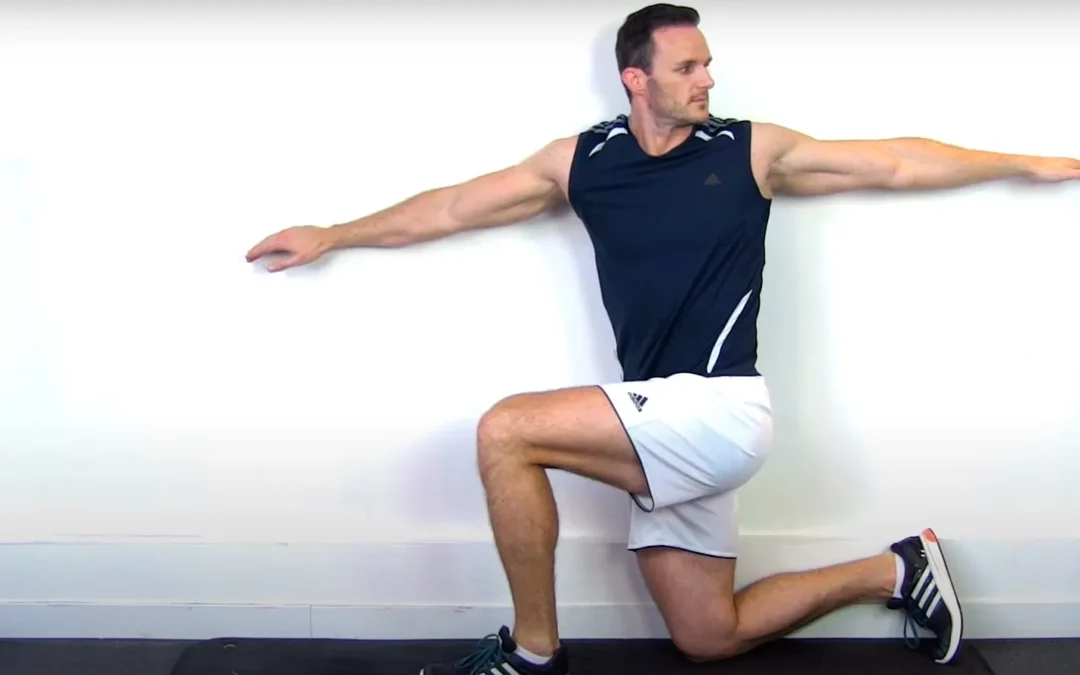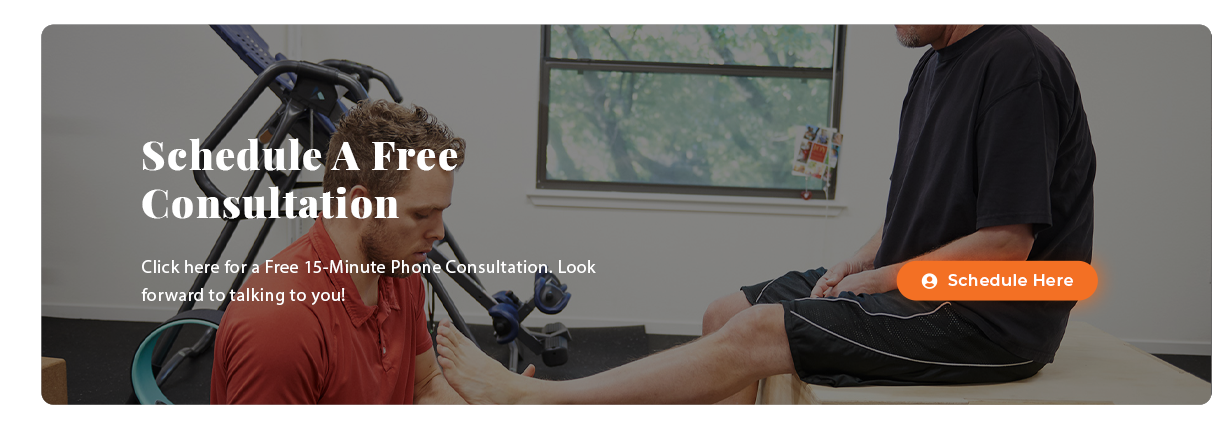“I’ve been accused of being stiff and unbending. Really? They must have seen me trying to pick up my phone.” – Unknown
Mobility is a critical component of overall fitness and physical health. It plays a fundamental role in your ability to move freely and efficiently through a wide range of motions, and it contributes to various aspects of your well-being.
In the pursuit of a healthier, more active lifestyle, physical mobility plays a pivotal role. One area of the body that often gets overlooked in mobility training is the thoracic spine, the middle portion of your back.
A mobile thoracic spine not only enhances your athletic performance but also contributes to better posture, reduced risk of injury, and improved overall well-being.
The Risks of Increasing Thoracic Immobility
Understanding the health risks associated with poor thoracic fitness and mobility is crucial for becoming motivated to incorporate thoracic mobility exercises into your routines. Neglecting this area of your spine can lead to a range of health issues:
- Poor Posture: A sedentary lifestyle and lack of thoracic mobility exercises can result in rounded shoulders and a hunched upper back. This poor posture not only affects your appearance but can also lead to chronic neck and shoulder pain, headaches, and even breathing difficulties.
- Reduced Respiratory Function: The thoracic spine is closely connected to the ribcage, and restricted mobility in this area can hinder the expansion of your chest during deep breathing. Over time, this can lead to shallow breathing patterns and decreased oxygen intake, potentially impacting overall lung health.
- Muscle Imbalances: Poor thoracic mobility can contribute to muscle imbalances in the upper body. Tight chest muscles and weak upper back muscles can create an imbalance that may lead to shoulder injuries, such as rotator cuff problems.
- Increased Risk of Injury: Limited thoracic mobility can affect your ability to perform various exercises and activities. This limitation can lead to compensatory movements in other areas of the body, increasing the risk of injury in the neck, shoulders, and lower back.
- Digestive Issues: Surprisingly, thoracic mobility can also impact digestion. A stiff upper back can restrict the motion of your diaphragm, which plays a vital role in the digestive process. Impaired diaphragmatic function can lead to issues like acid reflux and indigestion.
- Chronic Pain: Poor thoracic mobility can contribute to chronic upper back pain and stiffness. This discomfort can become a persistent issue, affecting your daily activities and quality of life.
The thoracic region’s health and mobility are integral to overall well-being. Neglecting this area can lead to a myriad of health problems, affecting not only your physical health but also your emotional and mental well-being.
.
Five Thoracic Mobility Exercises Designed For Everyone
In this section we provide you with a series of thoracic mobility exercises suitable for individuals of all fitness levels, whether you’re an athlete or just someone looking to enhance your daily movements.
Cat-Cow Stretch
The cat-cow stretch is a fantastic starting point for improving thoracic mobility. It’s a gentle exercise that helps you become more aware of your spine’s range of motion. To perform this exercise:
- Begin on your hands and knees in a tabletop position.
- Inhale as you arch your back, lifting your head and tailbone (the “cow” position).
- Exhale as you round your back, tucking your chin and tailbone (the “cat” position).
- Repeat this motion for 10-15 reps, moving slowly and focusing on each segment of your spine.
This exercise helps lubricate the joints in your thoracic spine and can alleviate tension in the area.
Thread the Needle Stretch
The thread the needle stretch is another effective thoracic mobility exercise that also incorporates a twist for added benefits:
- Start in a tabletop position on your hands and knees.
- Inhale as you raise your right arm toward the ceiling, twisting your torso to the right.
- Exhale as you thread your right arm under your left arm, reaching it as far as you can.
- Hold this position for 10-15 seconds, feeling the stretch in your upper back.
- Return to the starting position and repeat on the other side.
This exercise enhances rotation and flexibility in the thoracic spine while stretching the surrounding muscles.
Thoracic Extension with Foam Roller
Using a foam roller is a fantastic way to target specific areas of your thoracic spine and improve mobility. Here’s how to perform thoracic extension with a foam roller:
- Sit on the floor with your legs bent and feet flat.
- Place a foam roller horizontally behind your upper back, just below your shoulder blades.
- Support your head with your hands, interlacing your fingers.
- Gently lean back over the foam roller, allowing it to roll along your upper back.
- Pause when you feel a tight or tender spot, and gently arch your spine backward to stretch and mobilize that area.
- Continue rolling for 2-3 minutes, focusing on any areas of tension.
This exercise promotes flexibility and extension in the thoracic spine and can provide relief for individuals with upper back discomfort.
Quadruped Thoracic Rotations
Quadruped thoracic rotations are excellent for improving mobility in the thoracic region and developing core stability:
- Start in a tabletop position on your hands and knees.
- Place one hand behind your head with your elbow pointing out to the side.
- Inhale as you rotate your upper body and elbow upward, opening your chest to the side.
- Exhale as you return to the starting position.
- Perform 10-15 rotations on each side.
This exercise challenges your thoracic spine’s rotational mobility while engaging your core muscles for stability.
Wall Angels
Wall angels are a simple yet effective exercise that promotes thoracic mobility and better posture:
- Stand with your back against a wall, your feet about 6 inches away from the wall.
- Bend your elbows to 90 degrees, with your arms against the wall.
- Slowly slide your arms upward and then downward along the wall while keeping contact with the wall.
- Aim to maintain three points of contact: the back of your head, your upper back, and your tailbone against the wall.
- Perform 10-15 repetitions, focusing on smooth and controlled movements.

Thoracic Mobility: Maintaining the Freedom of Movement
Prioritizing thoracic mobility exercises in your fitness routine can significantly improve your overall well-being. These five exercises are accessible to people of all fitness levels and can be easily incorporated into your daily routine.
Whether you’re an athlete looking to enhance your performance, or someone seeking to alleviate upper back discomfort and enhance your posture, these exercises will contribute to a healthier, more mobile thoracic spine.
Remember to perform these exercises mindfully, focusing on proper form and controlled movements, and consult with a fitness professional if you have any underlying medical conditions or are experiencing pain.
If you are suffering from recurring or chronic pain, or conditions such as lower back pain or nerve impingement issues, your next step should be to schedule a visit with Pain and Performance Solutions.
Regardless of how long or how recently your pain or discomfort has been affecting you, relief can begin once we can gain an in-depth understanding of when and how your issue started. This begins at your first appointment where we will work with you to learn about your present symptoms as well as any history of discomfort.
Contact us today at 707-636-4404 or book an appointment online to start your recovery process.


